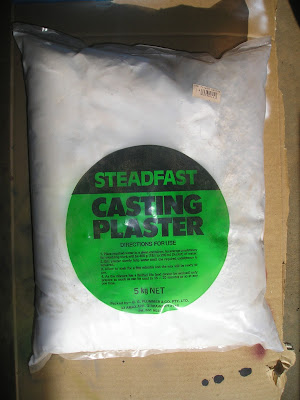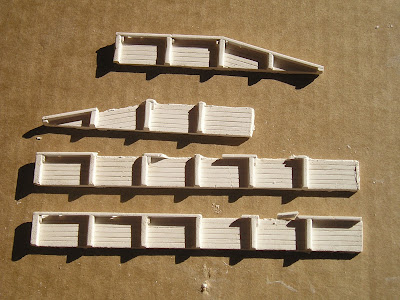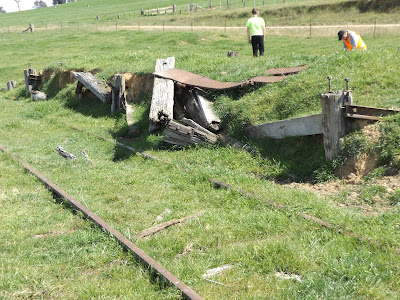Timber station platforms.
Some prototype pictures, and a modelling experiment
 |
| Brian Wooley captured CPH7 at Tumbarumba in 1973. Whilst the platform is the focus of this blogpost, the details on the platform add much interest |
Anyone modelling a NSW rural branchline, will probably need a
timber platform.
For something so common, I have found very little in the
modelling press. James McInnerney did a
fine review, almost a mini article of the Rail Central brand (supplied by
Casula Hobbies) way back in Issue 276 AMRM (June 2009). The other resource, the
Greg Edwards Data sheet B11 is quite informative. But I do not know of any prototype article,
like when they were first used.
In any case, the branchline to Tumbarumba had many of them
 |
| In 1980, my picture of the abandoned station, shows the length of the platform |
 |
| CPH #7, at Humula in 1973. The platform is significantly longer than Tumbarumba |
 |
| Coreinbob station platform in 2020 has almost disappeared. Coreinbob is one of the intermediate stations that I unfortunately will not have space to model |
 |
| Forest Hill platform, after the station building was removed. |
 |
| This is what happens when the platform is removed, after the line was abandoned in 1984. It is Gundagai, on the Tumut branch in 1997. |
 |
| Fortunately, grant money was found, and a replacement platform was built by 2000. Both these images are mine |
The experiment
I was recently given an RTV rubber mould of a NSW
platform. After some advice, I thought
I would try my hand at casting a platform out of plaster.
 |
| The RTV mould. |
 |
| I used a disposable plastic cup to mix up the minute amount of plaster into a slurry |
 |
| My casting plaster was bought when phone numbers were 7 digits long. the heavy plastic kept the contents fresh. |
 |
| I pre-wet the mould with dishwasher soup, and then poored and prodded the plaster into the cavities of the mould |
 |
| Before the plaster went off, I removed the excess |
 |
| White Glue will fix the broken castings (to a point). |
 |
| Another batch was made - with slightly better results. |
Of course, if you need to model a platform that is starting to decay (see Borambola above) it is OK. There is certainly enough good bits across both castings to make a full platform, but that was not the intention.
 |
| I thought I would try to replace/repair the missing top rail, using a strip of styrene. |
To get a better comparision, constructed some platform faces with other methods
 |
| Nothing models timber better than timber? I should have used a square when gluing the uprights, but it probably will pass muster once installed in scenery |
The conclusion
Well, whilst the casting process is repeatable, my lack of
being able to extract the casting out of the mould without damaging the casting,
is frustrating. Yes, I can add the top
timber board from styrene after cleaning up the cast, and a styrene edge will
take the odd knock better than straight plaster. The plaster is also rather brittle. Maybe a change to a resin may be superior to
the plaster?
The timber model was far too fiddly to repeat.
Making the platform out of styrene has the advantage of
working with just a single material. This
may be better in the long term.
And all models will need to be painted (or stained).
A bonus extra
This has been another fill-in project whilst I wait for the
etches for the Wagga Wagga station. The
advantage is that I can store them flat.
Until next time.









